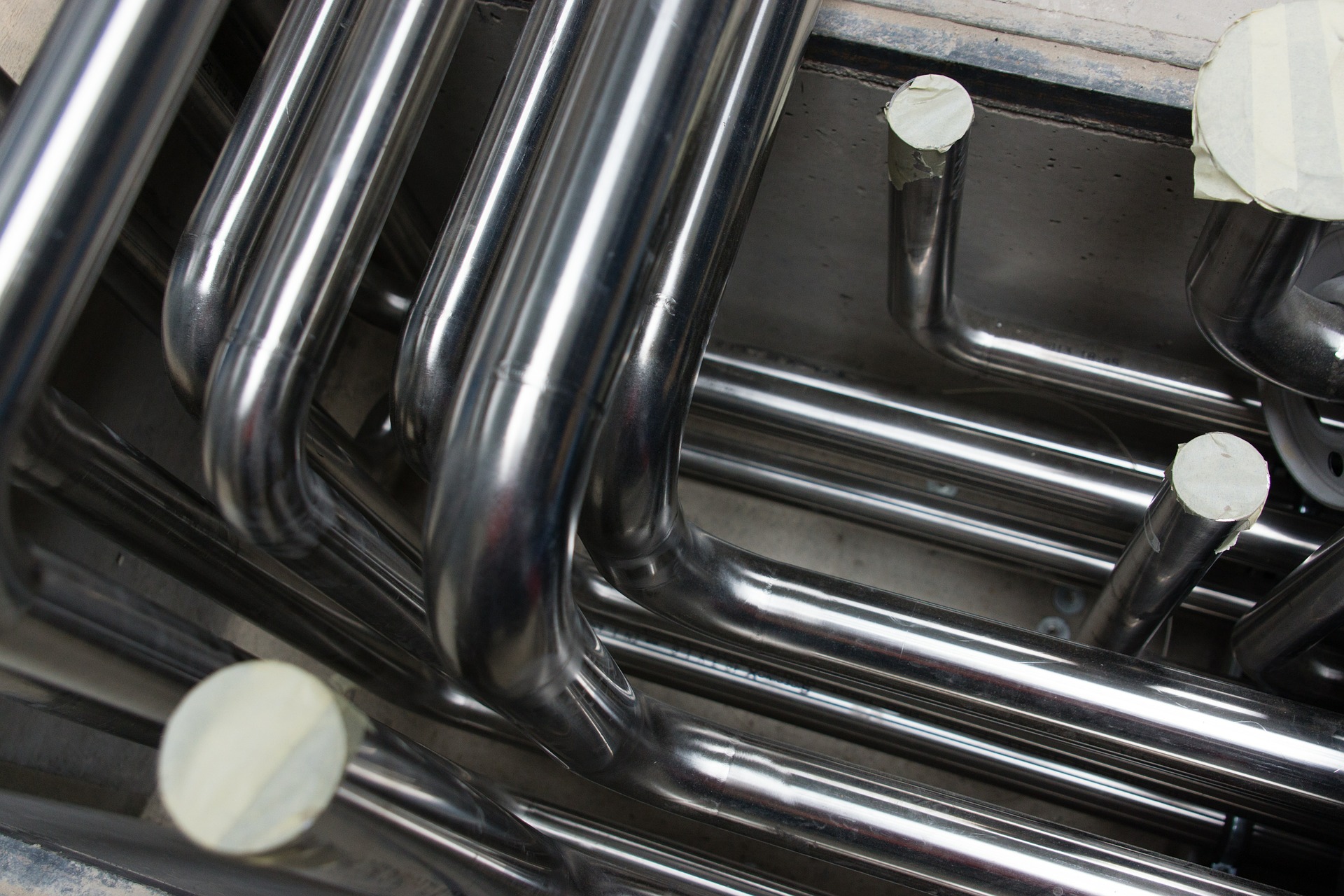What Steel Do You Have There?
When you deal with as much steel as those in the trade do, you get to know your product quite well. By look, feel, weight or density, you can identify different metals and you have a good idea which is which. The problem is that, as yet, we’ve never known somebody with the required comic-book hero ability to know, simply by handling the material, exactly what kind of stainless steel they’re holding.
It may sound like a ridiculous superpower to have, but it could actually be very useful. By handling different grades of stainless frequently, there’s always a danger that some of the samples or products could get mixed up or mislabelled as another stainless steel entirely. While for some people, this is only a clerical error, for those at the final stage of the chain it’s extremely serious, as they could find they have an entirely different stainless steel than they need and one that’s not up to the task. The ability to carry out non-destructive tests on what you have is not only useful, but could be lifesaving!
Firstly, do you have a carbon steel, or is it stainless? To decide this, take your test panel is clean any impurities or dirt away with some emery paper. Take a few drops of a saturated copper sulphate solution and pipette them onto the test patch; if it’s a carbon steel, then the reaction will place a copper deposit onto the surface of the metal. Stainless steel doesn’t react like this, so if after a few minutes, the sample is still as it was, then you’re dealing with a stainless steel.
Stainless steels have varying compositions, dependent on their grade or intended purpose, so how do you tell if you have a stainless steel with a high chromium content? If you have a carbon steel, or one that has less than approximately 13% chromium, then by mixing a solution of 1% copper sulphate and 10% sulphuric acid you can force copper deposits onto the surface of the metal. It’s the same process as previously, but the addition of the sulphuric acid can overcome smaller amounts of chromium.
It’s possible to identify some stainless steels with nothing more than a magnet. Although technically speaking, there’s almost always a tiny remnant of ferrite or martensite, austenitic stainless steels are non-magnetic, so if your product isn’t magnetic, it’s unlikely to be anything else but a austenitic chromium-nickel steel.
However, if you’re concerned that you have a molybdenum alloyed stainless steel, you’re going to need some bigger equipment, namely a number of chemicals and a battery. Taking your test piece and cleaning it thoroughly with an emery cloth, connect it to the positive terminal of a battery. Moisten two filter papers with a 10% solution of nitric acid (HNO3) and place it on the clean section. A piece of sheet aluminium connected to the negative terminal is then put on the filter papers, which then turns either yellow or orange. Transfer the filter paper to a blotting pad and add one drop of hydrochloric acid (HCl), one drop of potassium thiocyanate (KCNS) and one drop of sodium thiosulphate (Na2S2O3) in that order. The process runs that the hydrochloric acid bleaches the yellow, which then turns red under potassium thiocyanate, which disappears from the sodium thiosulphate. If your steel isn’t molybdenum alloyed, only the centre of the red circle will disappear and there will be a clear and distinct ‘bullseye’ of a white circle surrounded by a red ring. If there’s molybdenum in the sample, it will react and produce a light red band on the inside of the outer ring.
Obviously, when handling acids and other dangerous chemicals, always use the appropriate PPE and ventilation equipment!
If you’ve any confusion about the material you’re holding, hopefully this will allow you to identify it, but we feel like there’s something definitely satisfying about being able to hold the material and instigate a reaction that’s only valid if the right conditions of the material are met.

